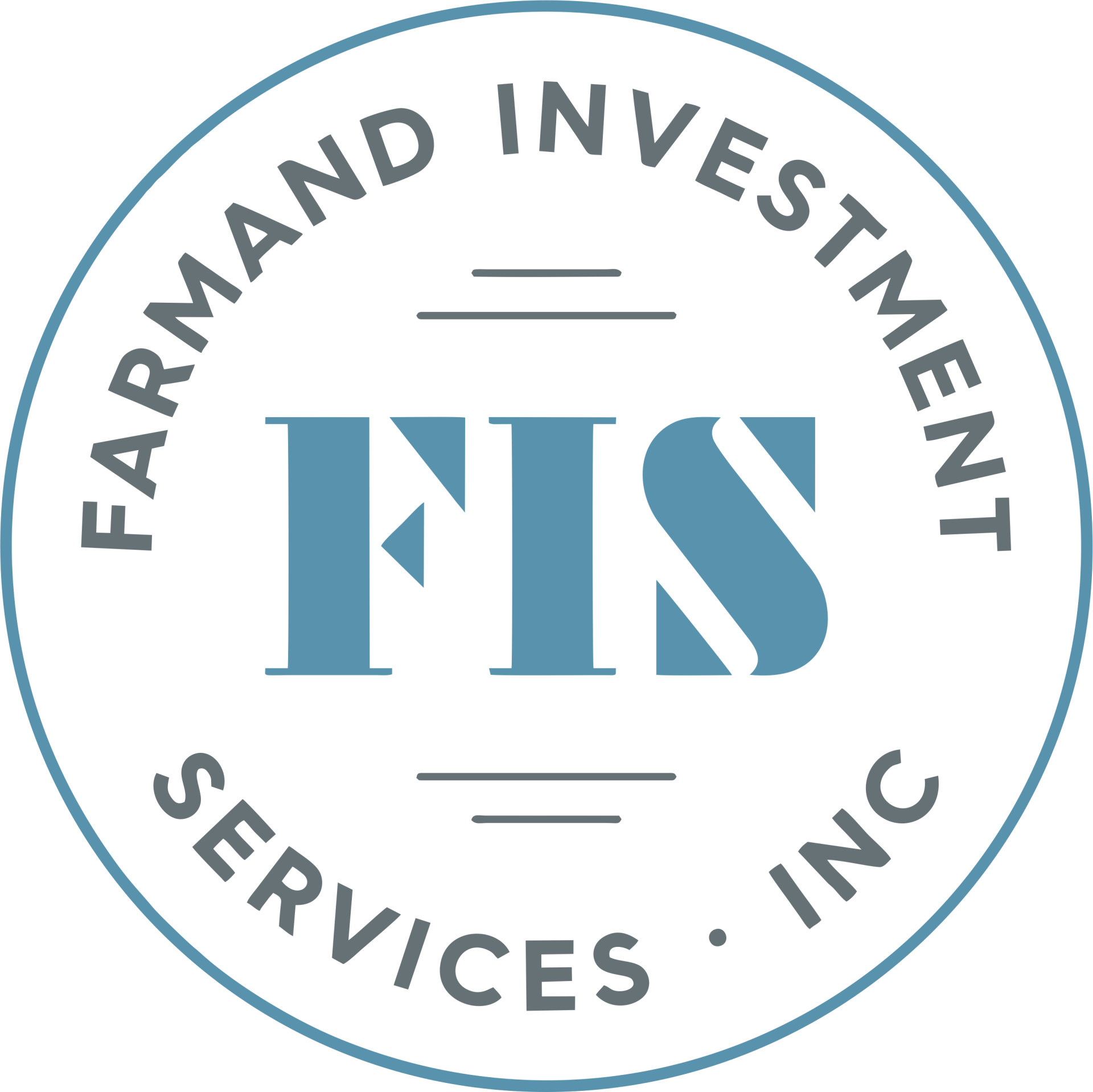Quarterly Investment Update - 3rd Quarter 2024
Dear Clients and Friends,
A couple of weeks ago, the Federal Reserve cut interest rates by 50-basis points, making the first interest-rate cut since 2020. It was also the first time there was a dissent from a Fed Governor since 2005, as Michelle Bowman preferred a 25-basis point cut.
To make sure we are on the same page, let’s see what the Fed’s updated Dot Plot reveal about where interest rates go from here. The Dot Plot is a graphical representation reflecting each committee member’s anonymous projection of where they believe rates will be in the future. The Fed members update the Dot Plot once every three months. In both the December and March FOMC meetings, the Dot Plot showed a median forecast of three-quarter point rate cuts in 2024. The June Dot Plot pared that back to just one rate cut this year. The latest consensus projection now calls for two more 25-basis-point-cuts this year followed by four more quarter-point cuts next year, then two more quarter-point cuts into 2026.
Also, the Fed’s summary of Economic Projections (SEP) sees core inflations peaking at 2.6% this year before cooling to 2.2% in 2025 and 2.0% in 2026. The Fed slightly lowered its previous forecast for U.S. economic growth, with the economy expected to grow at an annual pace of 2.0% this year and remain at that level through 2025 and 2026.
Given the broadly healthy economic conditions for a soft landing, investors have front-run anticipated rate cuts all year long, which has pushed the S&P up 18% so far in 2024. As expected, this heavy buying pressure has driven the S&P 500’s valuation materially higher. One would question whether these valuations will continue to go higher. Based on the past rate-cutting cycles, we feel that the stock market valuations will continue to go higher. How much higher? And how does that compare with the valuations at the beginning of prior rate-cutting cycles?
To contextualize where we are today, let’s begin with prior valuations. The highest S&P 500 valuations at the beginning of rate-cutting cycles over the last 40 years came in 1998, 2001 and 2019. Their average price-to-earnings ratio was 23.6 and their average price-to-sales ratio of 3.0. Specifically, today’s price to earnings ratio is 25% more expensive than the average of the prior three most expensive starting rate cut valuations, and 50% more expensive on a price-to-sales basis. This does not mean stocks cannot or will not soar from here, but it does suggest we should recognize the implications for longer term returns. That forecast may end up being overly pessimistic given the potential for a further structural shift higher in valuations as in prior decades,
but it does suggest that another decade of double-digit annualized returns, which investors have enjoyed over the past 10 years, is unlikely. However, we minimize any risk by investing in selective individual stocks that are undervalued, especially for retirement accounts.
During the quarter, we added one new equity position, Park Hotel & Resorts (PK), which we previously owned. We also sold four additional equity positions and two REITS. Among the equity positions, we sold Alibaba Group Holding ltd (BABA), Kering SA (PPRUY), Kellogg (K), and B Riley Financial (RILY). In addition, we sold two real-estate investment trust positions Douglas Emmet, Inc. (DEI) and Tanger Factory Outlet (SKT). As far as the Fixed income area, we continued to buy short-term Treasury Bonds as the old ones matured.
As far as our investment strategy is concerned, we continue to maintain our standard two-pronged strategy, which is to maintain substantial exposure to common stocks (and mutual funds) as long as there is reasonable prospect for double – digit returns. Furthermore, we will continue to take profits more frequently so that we could gradually increase our weighting in cash as well as the fixed income portion of our portfolios. During the quarter, we continued with our average asset allocation mix of 40%-50% Equity, 40%-50% Fixed Income and 0%-20% Cash for most of our portfolios.
We want to thank all of you for giving our firm the opportunity to serve you. We thank you very much for the trust and confidence you have placed in our firm as it is always appreciated. Please contact us should you have any questions or comments. Also, we want to invite you to visit our website at www.farmandinvestments.com for a quick Retirement calculator, our latest firm news and Market Commentary Archives.
All Rights Reserved | Farmand Investment Services Inc | Powered by Aletheia Digital | Privacy Page

